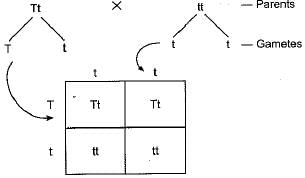KVS TGT Science Mock Test - 9 - KVS PGT/TGT/PRT MCQ
30 Questions MCQ Test - KVS TGT Science Mock Test - 9
| 1 Crore+ students have signed up on EduRev. Have you? Download the App |
Which of the following is crucial time while accessing data on the disk?
Which of the following is/are the approaches adopted by social scientists in understanding political science?
I. Behavioural Approach
II. Legal – institutional Approach
III. Philosophical Approach
IV. Elementary Approach
Statement A:- Maturation is a developmental process.
Statement B:- Maturation and learning work together to promote the development of an individual.
Choose the correct option.
Which of the following will not come under collaborative teaching-learning process ?
Which of the following element is used in the treatment of cancer?
In reaction SO2 + 2H2S → 2H2O + 3S, the reducing agent is
Which of the following is the correct electronic configuration for magnesium?
In an atom, particle having a negative charge, is called
The law which gives a relation between electric potential difference and electric current is called
One tall pea plant and one dwarf pea plant on crossing resulted in 50% tall and 50% dwarf pea plant. The plants which were crossed were
Which of the following is the major drawback of Dalton’s atomic theory?
The common step between aerobic and anaerobic respiration takes place in :
Which one of the following decreases the extent of evaporation of water?
Which of the following has the strongest interparticle force at the room temperature?
Which of the following does not conduct electricity?
Cellular organelles containing hydrolytic enzymes are called






















